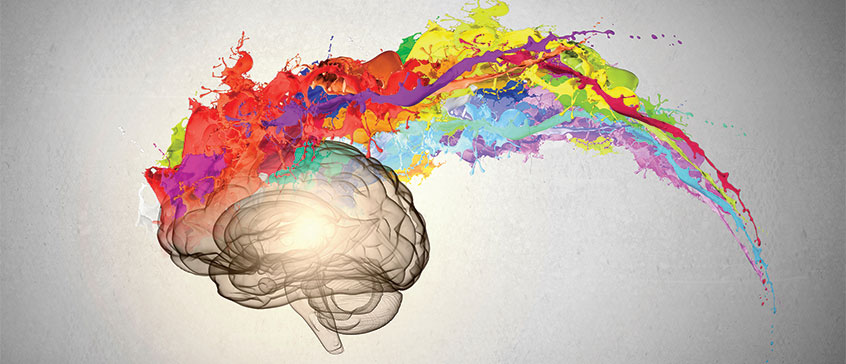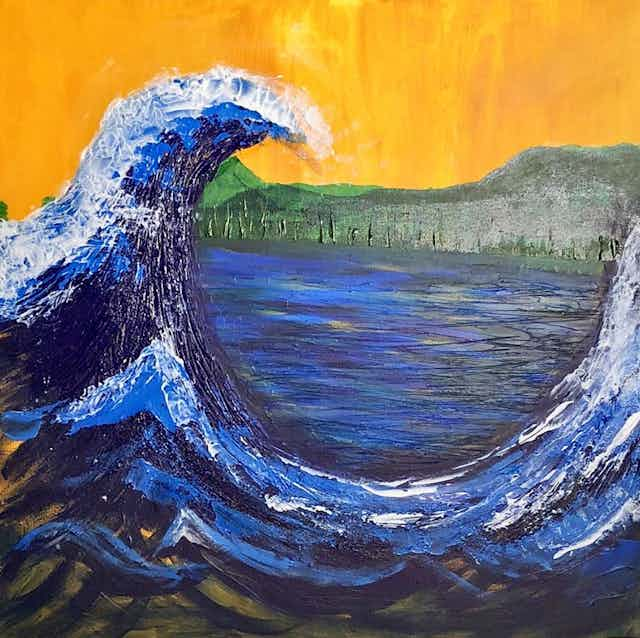Discovering the Effect of Trump Art on Contemporary Political Discourse
Discovering the Effect of Trump Art on Contemporary Political Discourse
Blog Article
Getting Started on an Aesthetic Trip With the Lyrical Interpretations of Nature in Stylist Landscapes
In the world of art history, the Impressionist activity attracts attention as a pivotal period that transformed the way nature was illustrated on canvas. Artists such as Claude Monet, Camille Pissarro, Edgar Degas, Berthe Morisot, and Vincent Van Gogh caught the essence of the all-natural globe via their distinct analyses, developing landscapes that go beyond mere visual depiction. Each brushstroke, each play of light and darkness, and each shade selection in their works speaks volumes regarding the artists' deep connection to nature and their capability to translate its beauty onto the canvas. As we explore the lyrical analyses of nature in Stylist landscapes, we are welcomed to immerse ourselves in a world where fact and emotion link, using a glance right into the artists' extensive admiration for the environment.
The Fascinating Brushstrokes of Claude Monet
Claude Monet's mastery of brushstrokes transcends mere method, imbuing his landscapes with an aerial top quality that enthralls and astounds visitors - trump art. His ingenious use of shade and light, incorporated with his distinct brushwork, develops a sense of movement and life within his paintings. Monet's popular collection of jobs depicting water lilies and his legendary haystacks showcase his capability to capture the fleeting results of light and environment

Embracing Light and Shadow With Camille Pissarro
Symbolizing a similar respect for the interplay of light and shadow, Camille Pissarro's imaginative vision unravels as a harmonious exploration of the natural globe's luminous subtleties. Pissarro, a key figure in the Impressionist activity, masterfully recorded the vibrant partnership between light and darkness in his landscapes. His skilled use of shade and brushwork enabled him to share the refined changes in light that specify different times of day and periods.
Pissarro's paints typically feature dappled sunlight filtering with fallen leaves, casting complex patterns of light and darkness on the planet below. In jobs such as "Hoar Frost, the Result of Snow, Pontoise," Pissarro skillfully portrays the crisp brightness of wintertime sunlight compared with the amazing shadows that specify the snowy landscape. By accepting both light and shadow in his structures, Pissarro invites audiences to submerse themselves in the all-natural appeal and short-term results of light in the world around them.

Through Pissarro's works, we are advised of the transformative power of light and darkness, inviting us to stop and value the short lived minutes of charm present in the everyday landscapes that border us.
A Harmony of Colors by Edgar Degas
Edgar Degas manages a vivid harmony of shades in his skillful art work, instilling his compositions with a dynamic interaction of colors that captivate the visitor's gaze. Recognized primarily for his ballet professional dancers and intimate scenes of Parisian life, Degas expertly controlled colors to share mood and activity in his paints. trump art. His use strong, different shades and refined tonal variants created a feeling of depth and vibrancy within his jobs
Degas' shade combination frequently contained rich blues, deep greens, and cozy oranges, which he used with positive brushstrokes to capture the significance of his topics. Whether portraying a ballerina mid-performance or a team of friends chatting at a coffee shop, Degas' colors not just illustrated the scene however also stimulated a feeling of emotion and power.
Moreover, Degas' experimentation with light and darkness added an additional layer of intricacy to his color compositions, improving the total ambience of his paints (trump art). With his skillful adjustment of shade, Degas produced a visual harmony that remains to resonate with customers today
Checking out Nature's Calmness With Berthe Morisot
Berthe Morisot's home creative vision provides a tranquil separation from the vivid color symphonies of Edgar Degas, as she captures the peace of nature in her expressive landscapes. Known for her delicate brushwork and intimate portrayals of daily life, Morisot's landscapes radiate a sense of peace and harmony.
Morisot's paints commonly feature soft, muted tones that convey a sense of peace and calmness. Her jobs, such as "The Cradle" and "Summer's Day," display her capability to catch the subtle appeal of nature in a way that is both comforting and contemplative to the audience.
Unlike some of her Impressionist equivalents that concentrated on dynamic compositions and bold colors, Morisot favored to develop gentle, reflective scenes that invite the customer to mirror and stop. With her masterful use of light and darkness, Morisot produces a sense of serenity that reverberates with the visitor on a deep emotional degree.
The Psychological Landscapes of Vincent Van Gogh
Vincent Van Gogh's landscapes strongly share a deepness of emotion via their dynamic brushwork and meaningful use shade. The Dutch post-impressionist musician is renowned for his capability to record raw and intense emotions in his paintings, going beyond standard depictions of nature. Van Gogh's troubled individual life, noted by psychological health battles, substantially affected his art, instilling his landscapes with a feeling of anxiousness, melancholy, or pep.
In works such as "Starry Evening" and "Wheatfield with Crows," Van Gogh's swirling brushstrokes and vivid color choices evoke a profound emotional response from viewers. The turbulent skies and perturbed landscapes in his paints show his inner turmoil and emotional disturbance, welcoming customers to look into the complexities of his subconscious.
Van Gogh's one-of-a-kind aesthetic language, defined by exaggerated viewpoints and bold use shade, produces landscapes that resonate with viewers on a deeply psychological level. Through his art, Van Gogh welcomes us to see nature not equally as an outside fact yet as a mirror of our innermost sensations and feelings.
Verdict
To conclude, the impressionist landscapes of musicians such as Claude Monet, Camille Pissarro, Edgar Degas, Berthe Morisot, and Vincent Van click to read Gogh provide a one-of-a-kind and captivating aesthetic analysis of nature. Via their usage of brushstrokes, color, emotion, and light, these artists have produced a symphony of images that evoke a sense of tranquility and appeal in the environment. Their jobs proceed to influence and charm customers with their lyrical interpretations of the landscapes around us.
Each brushstroke, each play of light and darkness, and each shade choice in their jobs talks volumes concerning the artists' deep link to nature and their ability to convert its elegance onto the canvas. His ingenious usage of color and light, incorporated with his unique brushwork, creates a feeling of movement and life within his paints. His adept use of shade and brushwork permitted him to communicate the refined shifts in light that specify various times of day and seasons.

Report this page